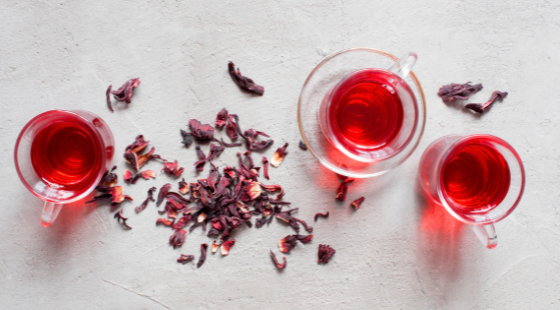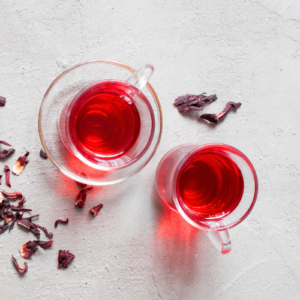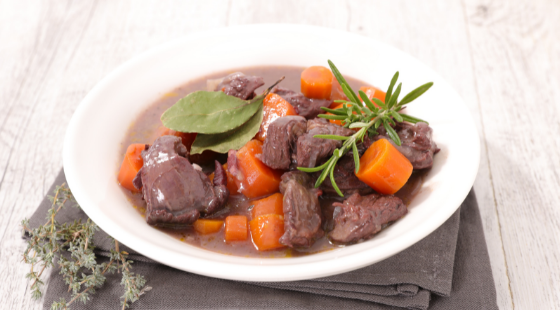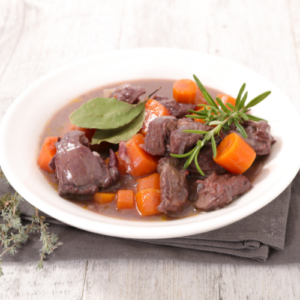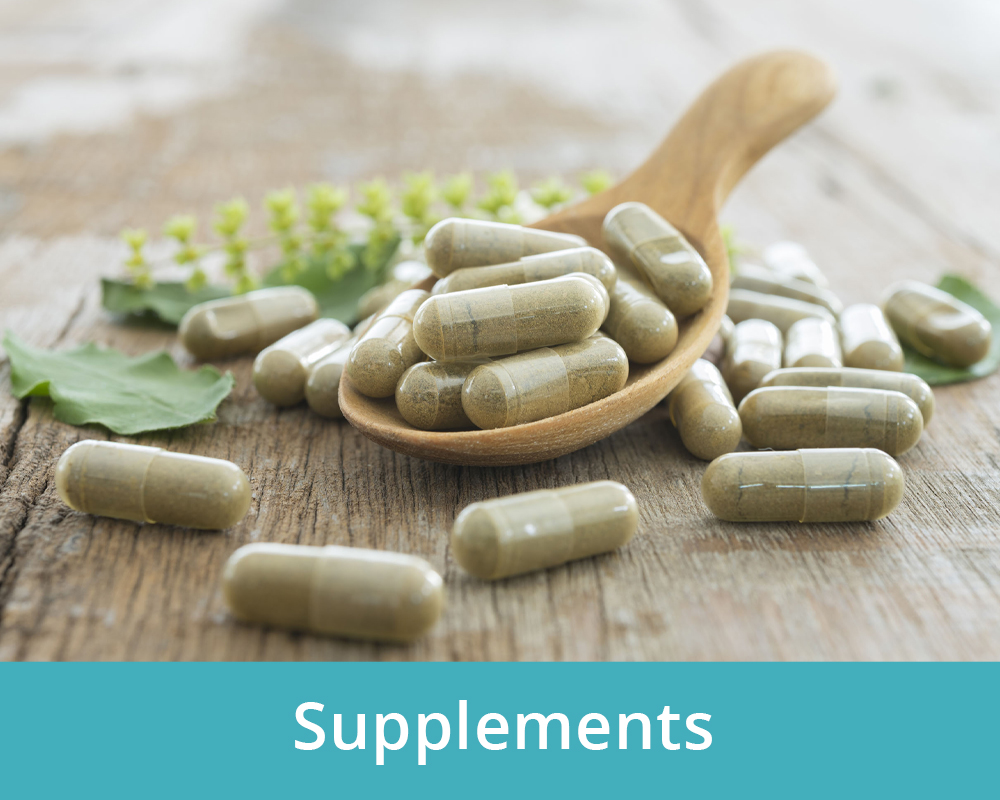
Top 5 Strategies To Help Manage Stress

Stress is an all too common problem in the 21st century. Throw a pandemic with lockdowns and online schooling in the mix and it is no wonder our stress levels are through the roof! It is hard to remain optimistic when the future is so unknown. There’s potential new variants lurking around the next corner, and the ability to plan vacations or just to “get away” might feel like an impossible dream.
Work-life balance can be a struggle as well and finding time to manage the workload and stress load can be tough. We know how you feel. We’re all in this craziness together!
That’s why we are providing you with some strategies to help you manage your stress and regain some balance.
#1 Brain Dumping
Are you someone that struggles to get to sleep at night? Do you find your brain cannot shut off? Is your mind endlessly going over all the things that you need to do tomorrow, this week, and this month?
To help take that burden off we suggest brain dumping!
Have a pen and paper beside your bed. Before going to sleep at night, write all those thoughts or tasks that you have on to the paper. Basically, you are transferring the storage of important information from your brain to the paper – giving your mind permission to shut off and go to sleep.
#2. Find Your “Energy Robbers” And “Energy Givers”
This is an important step in helping to get back your energy and happiness.
Write a list of all the things and people that give you energy, happiness or pleasure – even if you haven’t done or seen them for a while. Then, in another column write down all the activities and people that take your energy or are detrimental to your health (whether it be physically, emotionally etc.)
Once you have completed the list make steps to engage in those positive activities and people more often during the week!
For the “energy robbers” there are a few ways to reduce their load. First, you may want to look at changing the situation. For example, can you trade childcare with a friend so you both can have some time for self-care? Another option is to look at how can you change yourself to adapt to the situation. For example, if you were getting more sleep would you be able to better perform and manage your work during the day? Lastly, you can look at leaving or avoiding the situation altogether. For example, maybe your book club is no longer bringing you joy and it is time to search for a new hobby.
#3. Switch Out Your Coffee
You might be shuddering at the fact that you have to give up your morning cuppa. If stress and fatigue is an issue, you may be desperately relying on more than a few cups of coffee to get you through the day. But excess caffeine consumption can actually contribute to stress and fatigue – and even adrenal exhaustion.
Excess caffeine intake can contribute nervousness, irritability, insomnia, “restless legs,” dizziness and subsequent fatigue (Haas, 762). A study published in the American Journal of Psychology looked at 1,500 psychology students and divided them into four categories depending on their coffee intake: abstainers, low consumers (one cup or equivalent a day), moderate (one to five cups a day), and high (five or more cups a day). The moderate and high consumers were found to have higher levels of anxiety and depression than the abstainers, and the high consumers had the greatest incidence of stress-related medical problems, as well as lower academic performance (Holford, 2013)
Instead, you can swap your coffee for green tea, which might be a better option. Firstly, it does have a bit of caffeine (just not as much as coffee) to help give you a “pick me up”. But it also has the amino acid L-theanine which has a calming effect on the mind. The compounds within green tea can also help facilitate weight loss which often can be an issue for people that are stressed as the stress hormone cortisol can contribute to weight gain, especially around the belly.
#4 Start Your Day With A Balanced Breakfast
We get it, this seems like a basic thing to do. But, you will be surprised at how many people struggle to eat breakfast – especially a balanced one!
Balancing blood sugars is so important for managing stress and energy levels. If you are able to consume balanced meals throughout the day this will go a long way to provide a steady flow of energy and promote a calm and balanced mood.
If you skip breakfast or rely on a bagel or doughnut from a drive-through, or consume toast with jam or sugary cereals; then you create a blood sugar spike. And what goes up (our blood sugar, in this case) quickly comes crashing down. When blood sugar crashes your body naturally produces cortisol to help raise blood sugar back up. The problem is if we are stressed, we usually have too much cortisol running through us so the last thing we need is more.
Try incorporating the following breakfasts:
- avocado on toast
- protein smoothie with healthy fats like this Berry Beet Smoothie Bowl
- omelettes or scrambled eggs with vegetables like our Spinach Scramble
- yoghurt with nuts and seeds like this Cinnamon Flax Pudding Parfait
- rolled oatmeal with cinnamon such as our Pear Spice Overnight Oats
These are all much better options to help keep your blood sugars balanced.
#5 Explore Herbal Supplements
There are many herbs that have been shown to help us manage our stress. One such herb is Ashwagandha. This herb helps support cognitive functioning, critical reasoning skills and thinking; which all become negatively affected when we are under stress and trying to function with our foggy and overwhelmed brain. This herb has a calming effect on the body and helps to modulate cortisol levels; meaning it’s beneficial whether your levels are too high or too low.
Siberian Ginseng is another herb that helps support and rejuvenate adrenal function, increase resistance to stress, normalize metabolism and regulate neurotransmitters; which all help to modify the stress response. Studies showed it improved absorption of B-vitamins and helps reduce vitamin C loss – these key vitamins are crucial in supporting the adrenal glands and are used up quickly in the body when we are under stress.
Licorice root helps to restore cortisol balance. It also provides antioxidant support, stimulates blood circulation and boosts the immune system – which often becomes depressed or compromised when we are stressed. This is why we often get run down and sick when we are stressed out.
If you are going to explore herbs as part of managing stress, please speak to your health practitioner first. Herbs can be contraindicated with certain medications or health conditions, so it’s best to seek qualified advice before starting new supplementation.
Summary
Stress is an exceedingly common problem in our society and achieving a balance can sometimes seem impossible. That said, if not dealt with it, stress can lead to a variety of secondary health issues.
But by incorporating some simple strategies such as having a balancing breakfast every morning, switching out your coffee for green tea, drinking more water, supplementing with herbal support, brain dumping at night to stop ruminating thoughts, and engaging in activities that give you energy and pleasure – then you are off to a good start!
If you would like more support in this area to help manage high stress levels, rebalance your diet, or begin a supplementation protocol, then please reach out to us. We would love to help.




